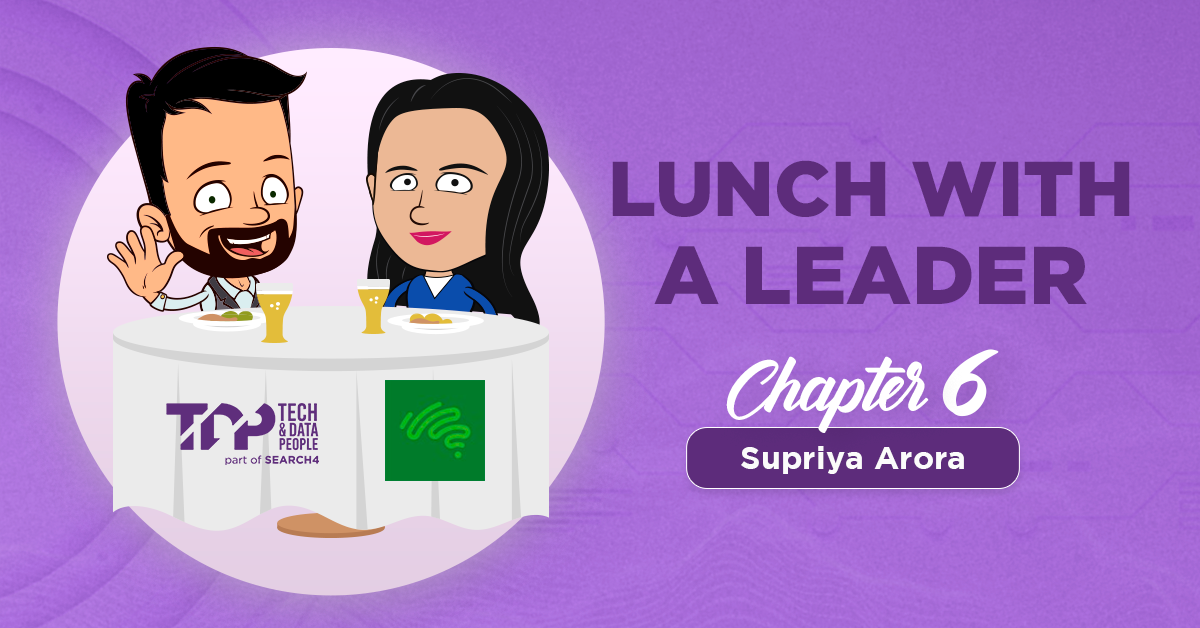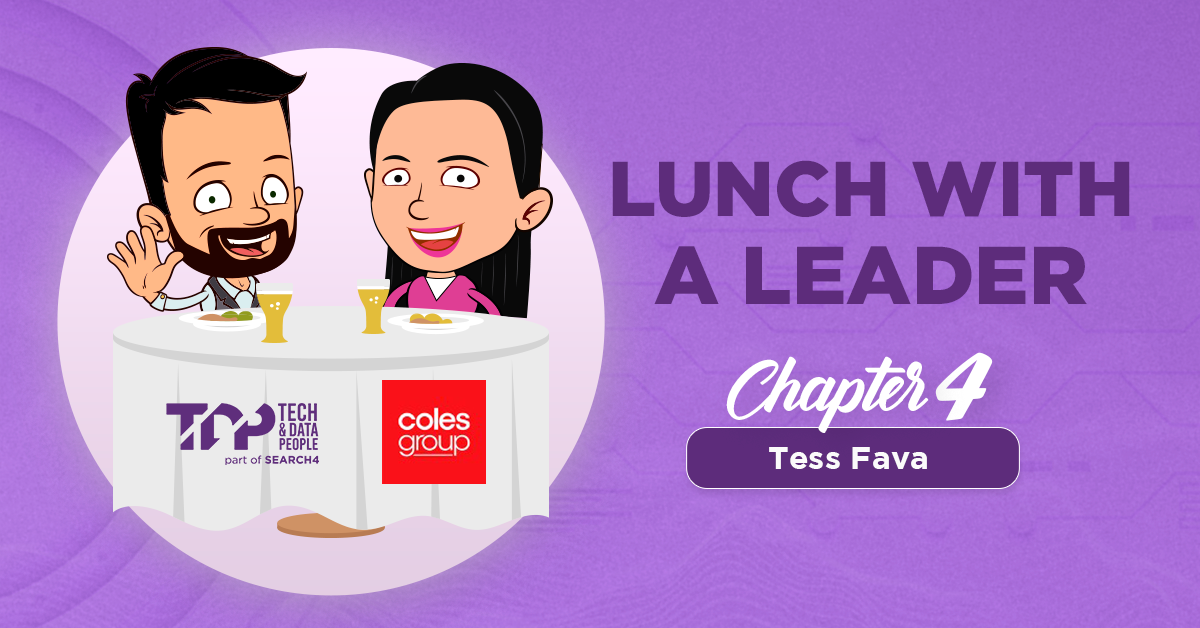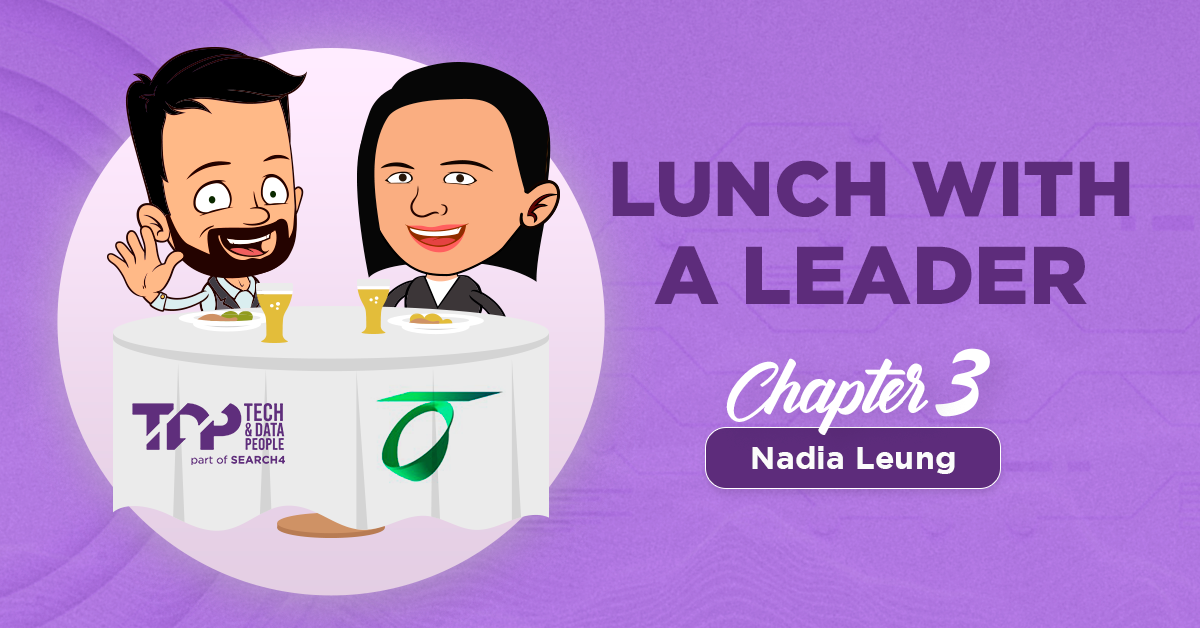Blogs
The Silly Season Survival Guide for Tech Job Seekers

The holiday season often feels like a time to hit pause, but for tech job seekers, it’s also a golden opportunity to get ahead. While some hiring processes slow down, savvy candidates know this is the perfect time to shine in a quieter market. With the right focus, you can position yourself to stand out and land your next role.
Here’s your ultimate silly season survival guide to stay productive, motivated, and ready for the new year:
Revamp Your LinkedIn Profile
Your LinkedIn profile is your digital handshake—it’s the first thing recruiters notice. Use the holiday downtime to:
- Update your headline: Be specific about your skills and the type of roles you’re targeting
- Showcase achievements: Add recent projects, certifications, or awards
- Engage actively: Share insights, comment on industry updates, or post about a trend in your niche. This keeps you visible and builds your professional brand.
Build Genuine Connections Through Networking
The holidays are a natural time for conversation, making it the perfect moment to:
- Reach out to your network: Send friendly check-ins or holiday greetings to past colleagues and mentors
- Join virtual events or meetups: Many tech groups host informal year-end events where you can connect with peers and potential employers
- Engage in “Coffee Chats”: A casual virtual chat can open doors to new opportunities without the pressure of a formal interview.
Take Advantage of a Quieter Market
While some companies slow hiring over the holidays, many are still planning for the new year. Here’s how to capitalise:
- Apply strategically: Fewer applications during this time mean less competition for you
- Follow up: Hiring managers and recruiters may have more time to respond to personalised follow-ups
- Stay proactive: If a role isn’t currently open, express interest in being considered when positions arise in January.
Upskill and Stay Current
Tech evolves fast, so use the downtime to enhance your skills:
- Enrol in a short course: Platforms like Coursera or Udemy offer quick courses in high-demand areas like AI, cloud computing, or cybersecurity
- Tinker with projects: Build a portfolio piece or contribute to open-source projects
- Learn emerging trends: Read up on industry trends like quantum computing or green tech to impress recruiters with your foresight.
Maintain Balance and Motivation
Job hunting can be intense, but the holiday season also offers a chance to recharge:
- Set achievable goals: Focus on small wins like completing a profile update or sending two connection requests daily
- Celebrate progress: Acknowledge your efforts and remind yourself that each step brings you closer to your goal
- Take breaks: Use the festive period to recharge mentally, so you enter the new year refreshed and ready.
While others wait for January, your proactive approach can put you ahead. Whether it’s through a polished LinkedIn profile, genuine connections, or upskilling, the steps you take now will set the stage for a successful 2025. The silly season is calling—start now, and the new year could bring exciting new opportunities your way!
Ready to land your next role? Sign up for job alerts here or upload your CV here - https://www.techanddatapeople.com.au/submit-cv
